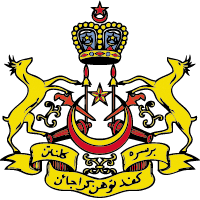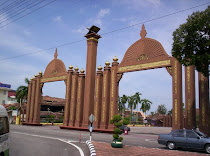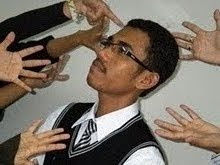Geography dictionary
A variant of a language, which depends not only on vocabulary but also on grammar, syntax, and pronunciation. Dialectology is the study of social and linguistic variations within a language; dialect geography is the study of local differentiations in a speech area; and dialectometry is an objective method of determining the degree of difference between geographical variations in dialects, especially lexical differences.
Literary dictionary
dialect, a distinctive variety of a language, spoken by members of an identifiable regional group, nation, or social class. Dialects differ from one another in pronunciation, vocabulary, and (often) in grammar. Traditionally they have been regarded as variations from a ‘standard’ educated form of the language, but modern linguists point out that standard forms are themselves dialects which have come to predominate for social and political reasons. The study of variations between different dialects is known as dialectology.
Columbia Encyclopedia
dialect, variety of a language used by a group of speakers within a particular speech community. Every individual speaks a variety of his language, termed an idiolect. Dialects are groups of idiolects with a common core of similarities in pronunciation, grammar, and vocabulary. Dialects exist as a continuum in which adjacent dialects are mutually intelligible, yet with increasing isolation between noncontiguous dialects, differences may accumulate to the point of mutual unintelligibility. For example, in the Dutch-German speech community there is a continuous area of intelligibility from Flanders to Schleswig and to Styria, but with Flemish and Styrian dialects mutually unintelligible. Adjacent dialects usually differ more in pronunciation than in grammar or vocabulary. When a dialect is spoken by a large group of speakers of a language, it often acquires prestige, which leads to the development of a standard language. Some countries have an official standard, such as that promoted by the French Academy. The first linguistic dialectology focused on historical dialects, written texts serving as the basis for establishing the dialects of a language through the methods of comparative linguistics.
The methods of modern linguistic geography began in late 19th-century Europe with the use of informants rather than texts, and resulted in the first linguistic atlases of France, by Jules Gilliéron, and of Germany, by Georg Wenker. Those techniques were refined in the United States in the preparation of the Linguistic Atlas of the United States (Hans Kurath et al., ed.) and its derivative works. In recent years linguists have become increasingly interested in social dialects, such as the languages of social groups within an urban population and the languages of specific occupations (farmers, dockworkers, coal miners, government workers) or lifestyles (beatniks, drug users, teenagers, feminists). In the United States much work has been done in the area of black English, the common dialect of many African Americans. See also slang.
For example
"wat lolok" means "just kidding"...a very popular phrase used when you're not seriously answering someone who is asking you what are you doing.
Origin:
Probably from the phrase "buat lawak" or simply originates from Siamese language.
Example:
Q: Wat gapo/ wat gedio/ wat nate gapo weh??
A: " wat lolok..!!"
As opposed to what people commonly used.
Q: buat ape/ buat mende/tengah buat ape tu..??
A: tiada apa-apa..!!
Bibliography
See H. Orton and E. Dieth, ed., Survey of English DialectsReadings in American Dialectology (1971); R. H. Bentley and S. D. Crawford, ed., Black Language Reader (1973); H. Kurath, Studies in Area LinguisticsDialects in Contact (1986); C. M. Carver, American Regional Dialects
For more information please visit
( WAN MUHAMMAD RUZELAN BIN WAN HUSAIN)



















